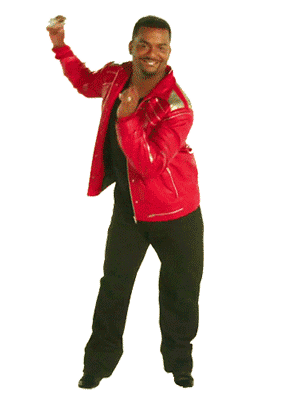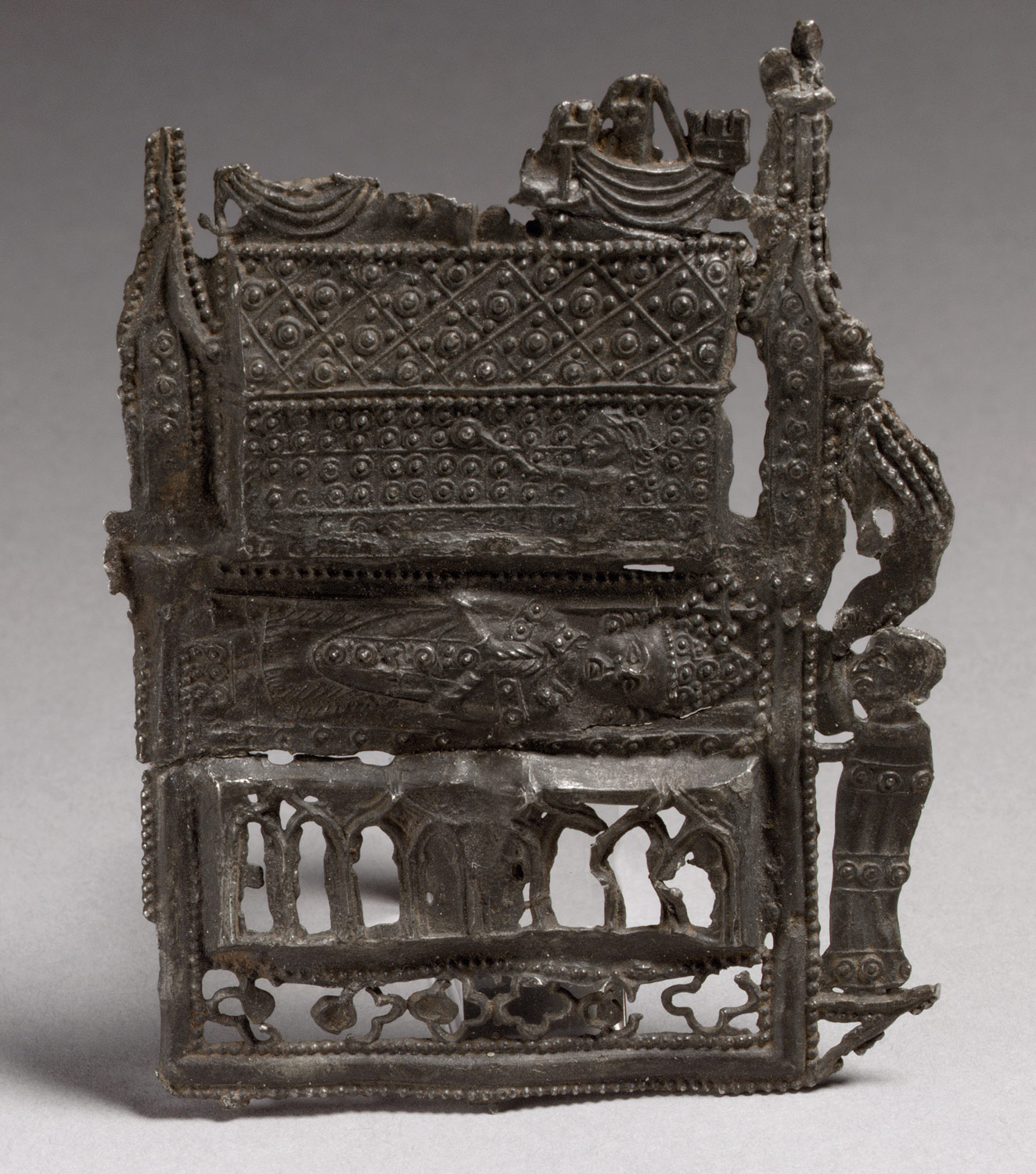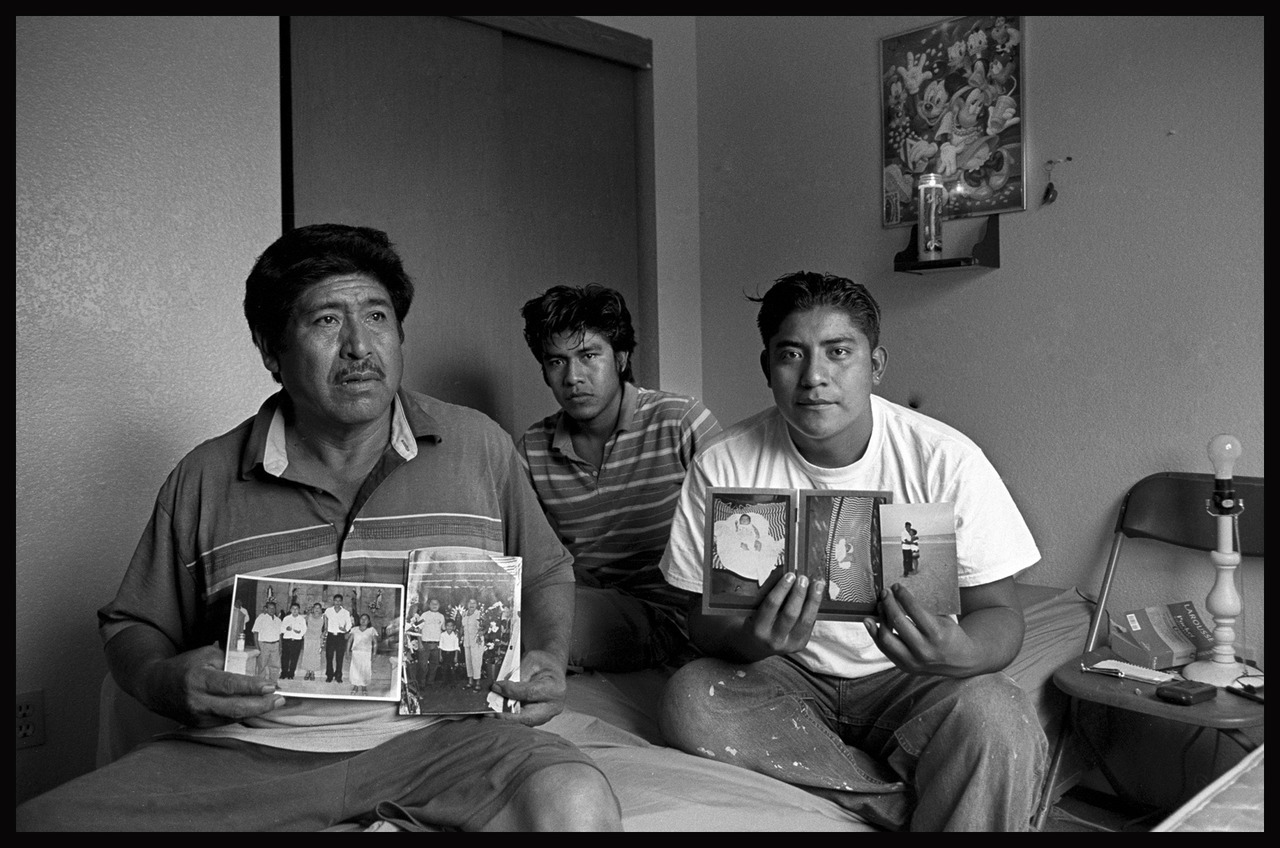Macduff’s Recommendation List: Full of feels, honor, heartache, drama, and gore.
Most of these shows can be found on Netflix and Amazon Prime.
“She’s the Man”: For feels, honor, and encouragement.
“She’s the Man” is about a girl who pretends to be her brother to be able to play soccer when the girls soccer team is cut at her school. Macduff recommends this movie because of the way the lead actress breaks gender stereotypes and show the boys what she can do. He identifies with Viola Hastings (Amanda Bynes) when he is told he cannot do something because he is a man but he chooses to stay true to himself. He would also be inspired by the way Viola doesn’t accept her fate from those in charge but sneakily seeks justice undercover as Macduff does against Macbeth. We see Macduff's emotional side in this choice of movie as he approves of the idea of being yourself rather than fulfilling a stereotype. As Viola plays like a girl, Macduff feels like a man.
“Braveheart”: For the angry, emotional days
“Braveheart” is about William Wallace, a Scottish rebel, who leads a revolt against King Edward I of England when an English soldier executes his bride to be. Macduff recommends this movie to all of his friends because it is very similar to his own story and Macduff gets tired of telling it. Macduff empathizes with the tragic hero of William Wallace because he too lost his wife to an evil King. Macduff admires the main character's bravery and honor as he fights for his country and his loved ones. We see here that Macduff values both masculine strength and motivation through emotion and honor. Overall, this is a real tear jerker for Macduff but we see that he appreciates the historical accuracy, relatable characters, and the epic battle scenes. A perfect mix of the feels and masculinity..
“How I Met Your Mother”: A throwback heartache with a light touch
“How I Met Your Mother” is about a father recounting to his children, through a series of flashbacks, the journey he and his four best friends took leading up to him meeting their mother. Macduff used to recommend this tv show because he thought it was a really light and cute way to tell a sweet story like his own love story with his wife, Lady Macduff. However, after her and his family’s assassination, this one is a little harder to go back to because it just isn’t the same. Macduff still enjoys the dynamic characters as he sees a little bit of himself in all of them. There is also a bit of appearance vs. reality at play as the mystery unfolds of who the mother is and just when he thought he knew, he was wrong. Now Macduff especially enjoys the flashbacks because that is how he gets to experience his family since they are all dead. The flashbacks in the show make Macduff feel as though he can relive those wonderful days when he had a family.
“Poldark”: For a little bit of everything
“Poldark” is a fantastic British tv show that follows the life of returned soldier Poldark and his life of rebuilding his family farm and restoring the family name. There is drama when his cousin marries his pre-war lover, romance with a new maid, brotherhood with hardworking pals, and all the excitement in between. Macduff loves this show as he gets to watch the noble Poldark rebuild his honor against high society despite being within it himself. Macduff relates to Poldark in this way as he seeks for what is best for all the people of his country rather than just himself (sadly, this lost Macduff his family but saylavee). Also, Poldark’s position as a man of high society makes him appear that he adheres to their ways when in reality he fights for the rights of the poor and lowly. Poldark is certainly a man of ambition like Macduff when it comes to doing the right thing.
“Grey’s Anatomy”: For overly dramatic feels and a nice night home alone (every night)
“Grey’s Anatomy” is an overly dramatic medical tv show interpretation of the surgical field at Seattle Grace Hospital in Washington. It follows a young surgeon named Meredith Grey and all the overly dramatic things that happen to her and her friends. This is Macduff’s guilty pleasure as he allows his manly emotion to emerge over this show with a bowl of popcorn and box of tissues in hand. This is a show full of blood and emotion with the full intensity that Macduff felt when he brought an end to the tyrant, Macbeth. Also Macduff finds a lot of similarities with the alliances and drama that is built within the hospital to that built within the castle during Macbeth’s reign.
Please comment or email Macduff@dunsinane.com for more information, inquiries, questions, words of encouragement, concerns, thank you notes, friend requests, and the like. He is alone now, after all. R.I.P Lady Macduff and fam.








